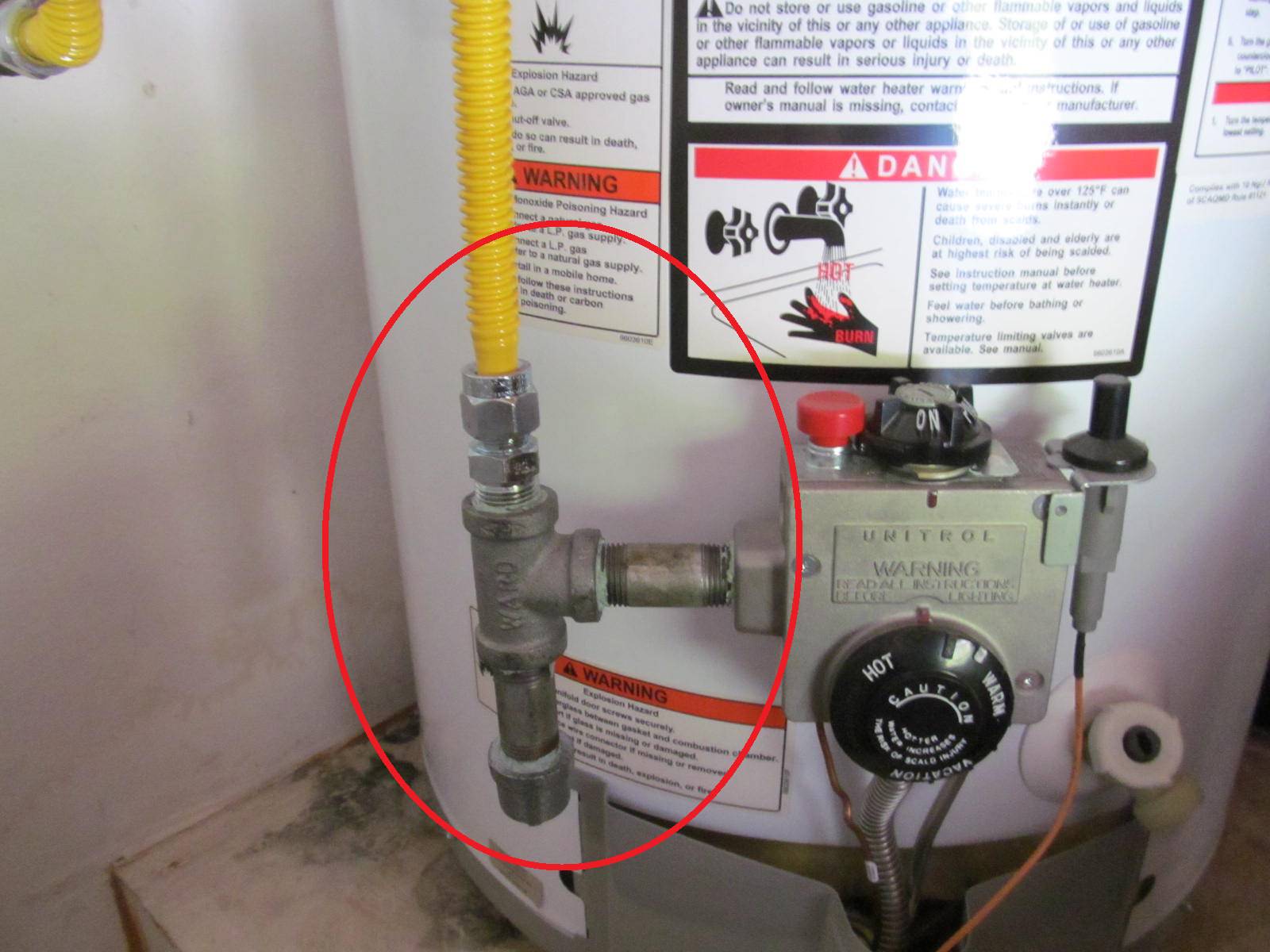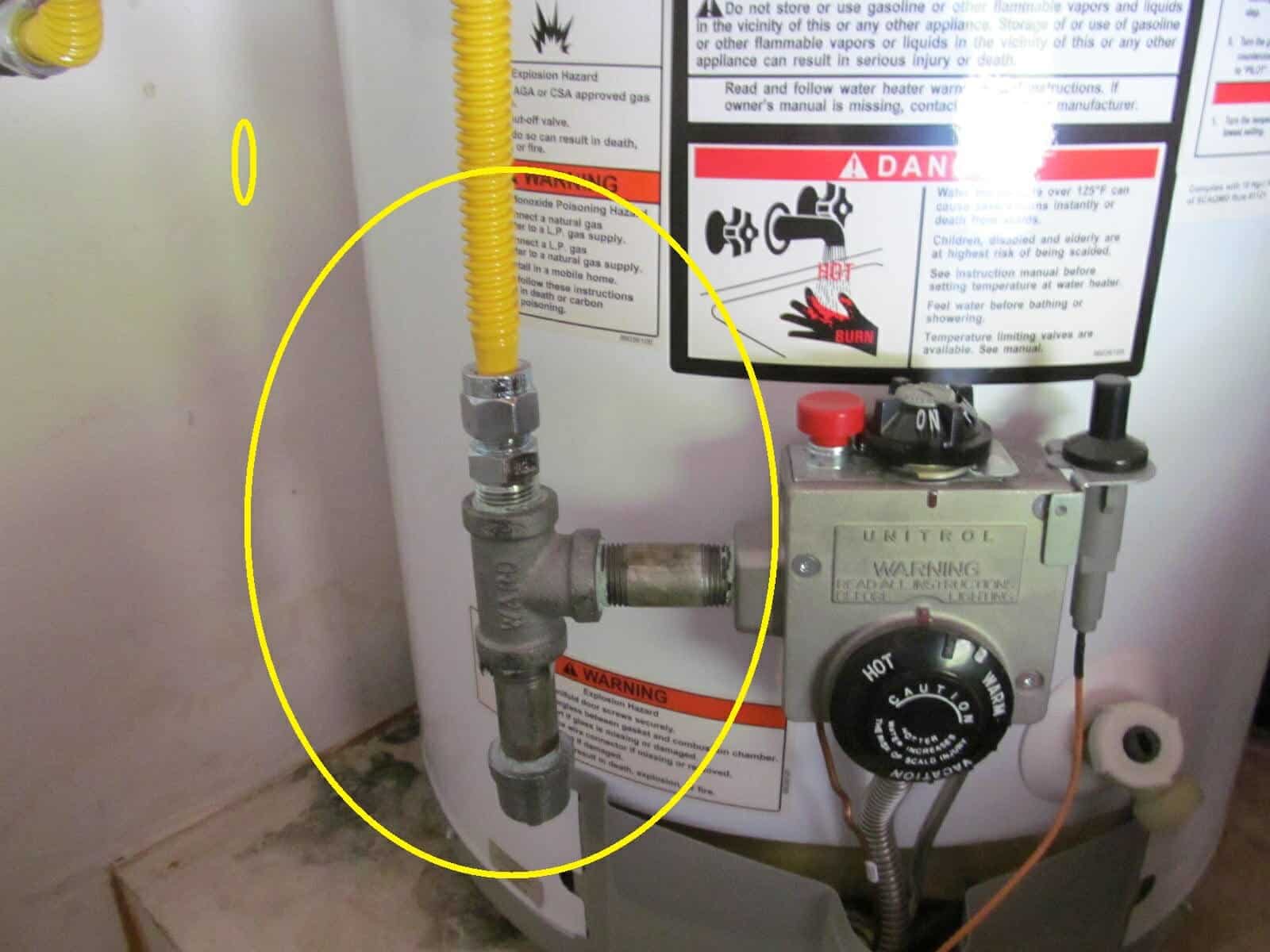Sediment Trap and Drip Leg on Water Heaters: Purpose and Proper Installation


David Jones
Senior Contributor
David Jones is a seasoned home inspector and construction expert with over 20 years of experience. He specializes in structural integrity, foundation issues, and detailed home safety assessments.
View Full Profile →
Sediment traps (sometimes mistakenly referred to as drip legs) are designed to catch sediment, in natural gas, before it enters into the water heater or furnace gas valve. Different areas have different contaminants in the gas, and the traps help catch these.
Most water heaters do not have a sediment trap in them. When new water heaters are installed, it is generally one of the requirements when a permit is obtained and it is recommended by the water heater manufacturer.
Installing a sediment trap
Plumbers can usually install one very quickly, i.e. 15 minutes to a half an hour. The pipe and fitting are generally only a few dollars.
Drip leg verses sediment trap
Note that there is a lot of confusion about the differences between the two. Plumbers and some inspectors will often use the terms interchangeably. However:
-
Sediment traps are basically for the purposes of catching sediment and contaminates in a gas line.
-
Drip legs are basically for catching condensate and moisture in a gas line.
Installed at different locations
A drip leg can be installed anywhere at the low point in the piping system, if there is moisture in the gas to allow for the removal of the condensation. The outlet of the meter is one such location.
Sediment traps are usually installed very close to the water heater or furnace valve.
Code
G2419.1 (408.1) Slopes.
Piping for other than dry gas conditions shall be sloped not less than 0.25 inch in 15 feet (6.4 mm in 4572 mm) to prevent traps.
G2419.2 (408.2) Drips.
Where wet gas exists, a drip shall be provided at any point in the line of pipe where condensate could collect. A drip shall also be provided at the outlet of the meter and shall be installed so as to constitute a trap wherein an accumulation of condensate will shut off the flow of gas before the condensate will run back into the meter.
G2419.3 (408.3) Location of drips.
Drips shall be provided with ready access to permit cleaning or emptying. A drip shall not be located where the condensate is subject to freezing.
G2419.4 (408.4) Sediment trap.
Where a sediment trap is not incorporated as part of the gas utilization equipment, a sediment trap shall be installed downstream of the equipment shutoff valve as close to the inlet of the equipment as practical. The sediment trap shall be either a tee fitting with a capped nipple in the bottom opening of the run of the tee or other device approved as an effective sediment trap. Illuminating appliances, ranges, clothes dryers and outdoor grills need not be so equipped.
Note
Not all jurisdictions require them and not all inspectors recommend them, but most do. A quick call to the local building department will provide your answer.
When checking or installing a sediment trap on a water heater also look at:
Does the water heater have a proper and safe gas line? (READ ABOUT SAFE GAS LINES )
The T & P valve: make sure there is one and that there is a proper discharge line. (READ ABOUT T& P VALVES)
amzn_assoc_placement = “adunit0”; amzn_assoc_tracking_id = “undergradbook-20”; amzn_assoc_ad_mode = “search”; amzn_assoc_ad_type = “smart”; amzn_assoc_marketplace = “amazon”; amzn_assoc_region = “US”; amzn_assoc_default_search_phrase = “sediment trap”; amzn_assoc_default_category = “All”; amzn_assoc_linkid = “c162dd2c82cc3066aec97a6de3ba6a2c”; amzn_assoc_design = “in_content”;

